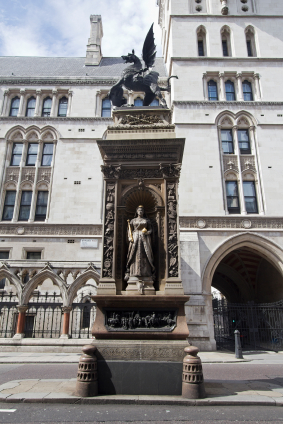During the second quarter of 2013, the commercial property market in the British capital has been affected by three main factors. The first and most important has been the downgrade of the country’s credit rating score from AAA to AA+. This downgrade, which took place right at the start of the quarter, means that economic growth will be slow for the next three years. Economists expect that up until 2016, growth rates will stay at 1.6 per cent or below. The other two factors that have had an impact in the commercial property market are a weak labour market and decreased consumer and investor confidence.
However, and despite the seemingly negative outlook that has characterised the industry during past quarter, the commercial property market in London has proved to be resilient, especially when compared to other parts of the country. In this article we take a look at the main developments that have taken place in the commercial property sector during the second quarter of the year.
The office property market in London
The office sub-sector in London has been the highest performer during the past three months. During the second quarter of the year, the office property market has seen a rise in the interest of buyers and developers in properties located in the Thames Valley. Demand has also increased in other parts of Greater London, such as the M25 corridor and areas located along the M4 and M40. Other key trend that has characterised this quarter has been the tight supply of office floor space in London’s West End. This has led to a progressive move from West to East, as occupiers and investors are finding more choice in peripheral areas of the capital.
The office market in Central London and the City has experienced marginal growth, which has been mostly driven by foreign capital brought in by overseas investors. Yields for this type of property are currently set at 5 per cent, which is considered to be a healthy figure although it has not yet matched the peak that occurred in the first quarter of 2010.
Overall, transaction volumes for office floor space in London have decreased slightly during the second quarter of this year, and currently remain at under 5,000 transactions for a total floor space of 3.4 million square feet. Market analysts predict that transaction volumes will remain stable over the next two quarters, and that rental value growth will not improve significantly until 2014. The most important transactions during the past quarter have been led by Amazon’s move into a 205,000-square feet City property, followed by Bird and Bird’s lease of 138,000 square feet of office space in Midtown.
Another key trend that has become ever more evident during the past three months is the preference for long term leases of secondary office space in and around the capital. The returns on this type of commercial property have peaked at 3.6 per cent, as opposed to the 2.7 per cent yielded by primary office floor space. The outperformance of secondary office assets and long leases over short term leases is expected to continue until at least the end of the year.
In terms of rental values, offices in the City of London have remained more or less stable at £55 per square foot. By contrast, the West End’s limited supply of good quality office space has driven average rental costs to £100 per square foot. This figure represents an increase of over 9 per cent when compared to the values of the past two years.
Retail properties in London
Along with the office sub-sector, the London retail property market has topped the best performing lists in the country. The mild weather has caused footfall to pick up, and in turn this has resulted in increased prime rental values for retail properties in Central London. During the past three months, rental values for retail floor space have risen by up to 14 per cent in areas like Old Bond Street. Other areas that are experiencing a rise in rental values are Regent Street, King’s Road, Marylebone, High Holborn, and Paddington.
The key leasing transactions in the retail sector have been led by luxury and flagship retailers, such as Dior, Camper, Michael Kors, and Wasabi. In contrast with the office market, there is a clear preference for long term leases in the London retail property market, with the average lease lasting 10 years.
In terms of retail investment, the second quarter of the year has seen a large rise in transaction volumes, which are up by 80 per cent when compared to the last quarter of 2012. Nevertheless, prime yields have remained stable at 3 per cent, and it is expected that they will not surpass the 3.5 per cent mark during the remainder of this year.
 Fleet Street – The historic heart of Britain’s newspaper industry is Fleet Street. Given its past as a centre for publishing and printing, Fleet Street has become linked to some of Britain’s most notable literary personalities. A main thoroughfare throughout its history, Fleet Street is today connected with the rest of the city with nearby Underground stations, including Temple, Chancery Lane, and Blackfriars, as well as the City Thameslink and Blackfrairs railway stations.
Fleet Street – The historic heart of Britain’s newspaper industry is Fleet Street. Given its past as a centre for publishing and printing, Fleet Street has become linked to some of Britain’s most notable literary personalities. A main thoroughfare throughout its history, Fleet Street is today connected with the rest of the city with nearby Underground stations, including Temple, Chancery Lane, and Blackfriars, as well as the City Thameslink and Blackfrairs railway stations.
